YouTube responds to AMLO’s accusation of censorship after canceling a conference in which he disclosed the personal data of a New York Times reporter
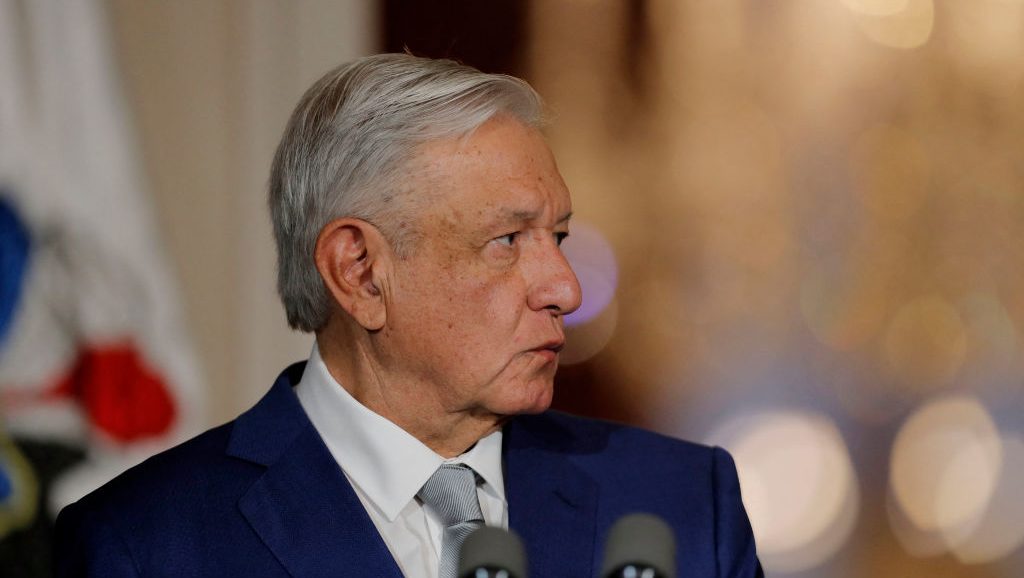
(CNN Spanish) — YouTube justified this Monday that it removed a recording of Mexican President Andrés Manuel López Obrador’s February 22 press conference, citing policies on harassment and bullying after the president accused the platform of censorship on Sunday.
“It’s an arrogant and authoritarian attitude. They’re in total collapse. The Statue of Liberty has become an empty symbol,” the president said via his X account (formerly Twitter).
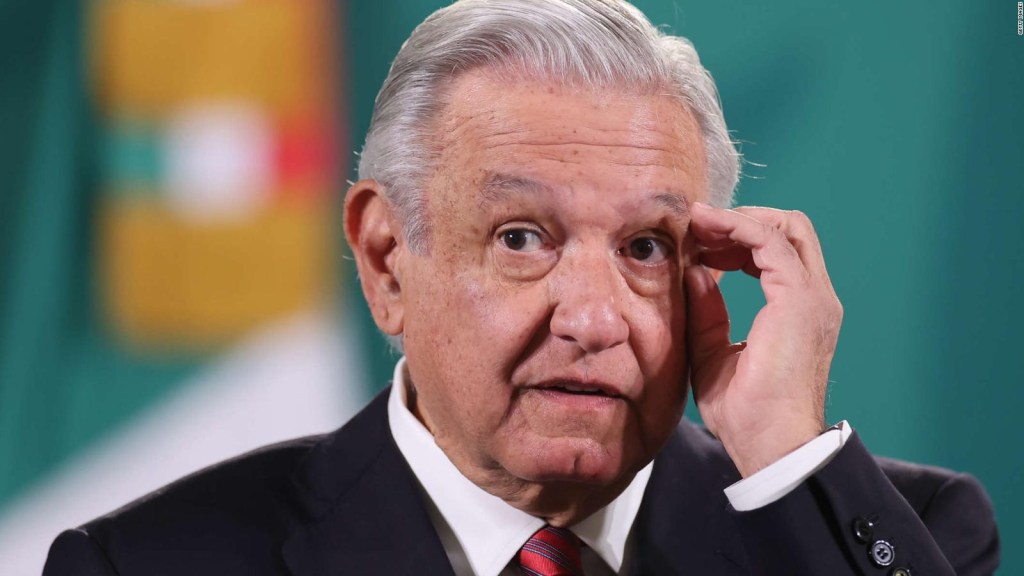
A YouTube spokesperson told CNN that its policy prohibits content that “reveals personally identifiable information, including phone numbers,” and added that it removed the video for that reason.
Instead of the morning conference on Saturday, February 22, the platform displayed a message with the legend: “This video was removed because it violated YouTube’s policy on harassment and bullying.” By Sunday, official presidential and Mexican government channels had re-uploaded the recording, editing out the part where the journalist’s data had been leaked.
During this Monday’s conference, the president refused to stop using YouTube, but reiterated that he considered the removal to be censorship and took the opportunity to ask “the owners of YouTube” to investigate “because it seems that the company here, as That was the case. Twitter, taken over by conservatives, was affiliated with the conservative party.” The President did not produce evidence of this allegation.
What is YouTube’s Harassment and Bullying Policy?
The platform for uploading and playing videos prohibits “any content that insults or slanders an individual in a prolonged manner” and does not allow “harmful behavior such as bullying or doxxing”.
In addition, it encourages its users to report videos that violate this policy, so that anyone can report content they consider harmful and the platform reviews accordingly.
Jean-Albert Hootsen, the representative of the Committee to Protect Journalists (CPJ) in Mexico for the Americas program, described the president’s actions as doxing and recalled in a Thursday publication in X that “it is illegal according to Mexican privacy laws and puts journalists at risk.
According to the International Encyclopedia of Gender, Media and Communication, doxxing is the intentional disclosure of a person’s private information online without their consent, often with malicious intent.
What was there on the morning of February 22?
Mexico’s president on Thursday revealed several personal details of Natalie Kittroeff, the New York Times bureau chief for Mexico, Central America and the Caribbean, when she publicly responded to a questionnaire asking about alleged illegal financing of his presidency. 2018 campaign and subsequent payments at your election.
At his conference the next day, López Obrador justified the act by saying that his moral and political authority as president trumped data protection established by Mexican privacy laws.
After the February 22 conference, the newspaper published the article and a company spokesperson told CNN that López Obrador’s reaction “would be a worrying and unacceptable move by a world leader at a time when threats against journalists are on the rise.
For its part, the National Transparency Institute (INAI) said last week that it has launched an investigation into the disclosure of the journalist’s data.

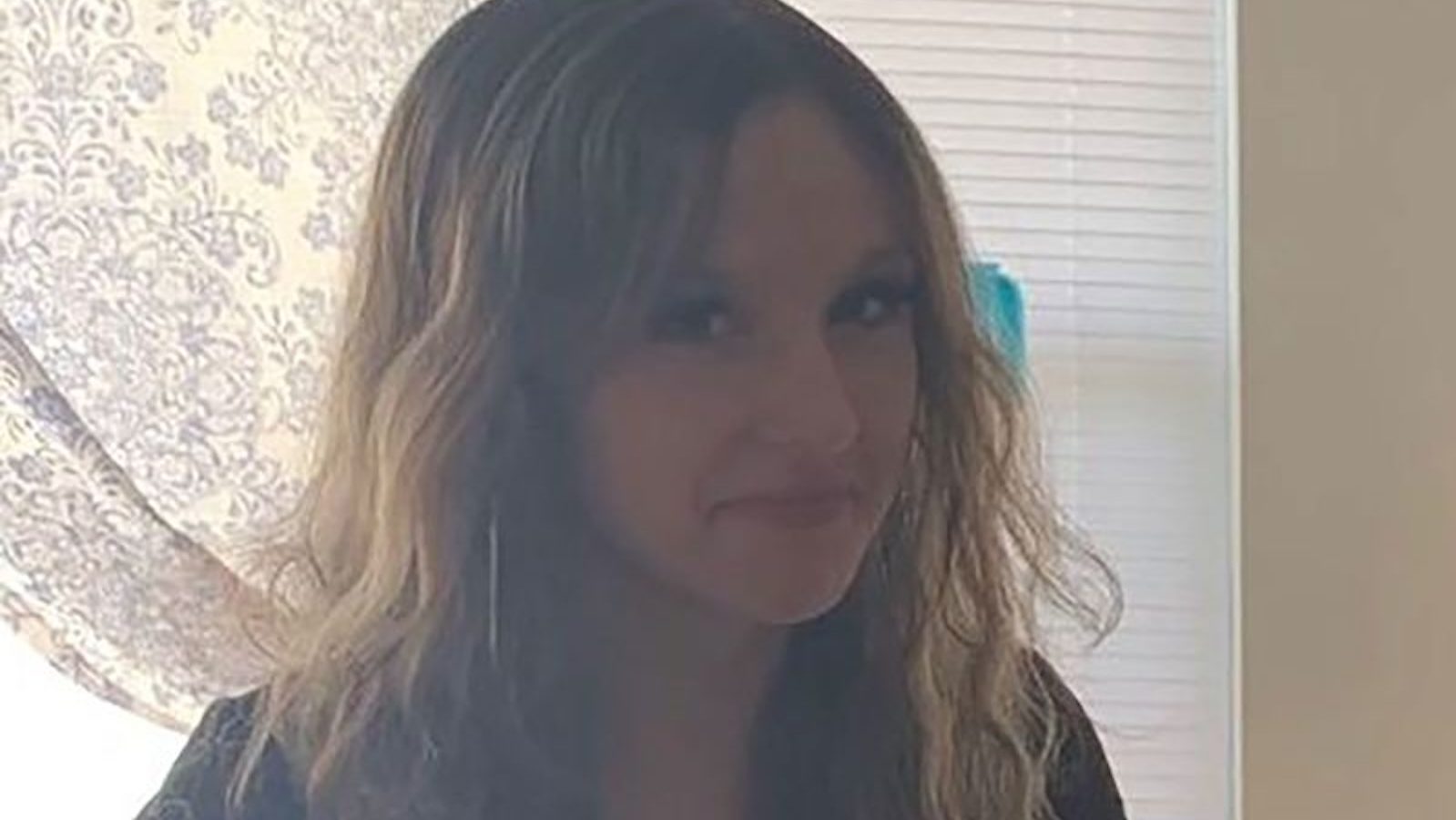
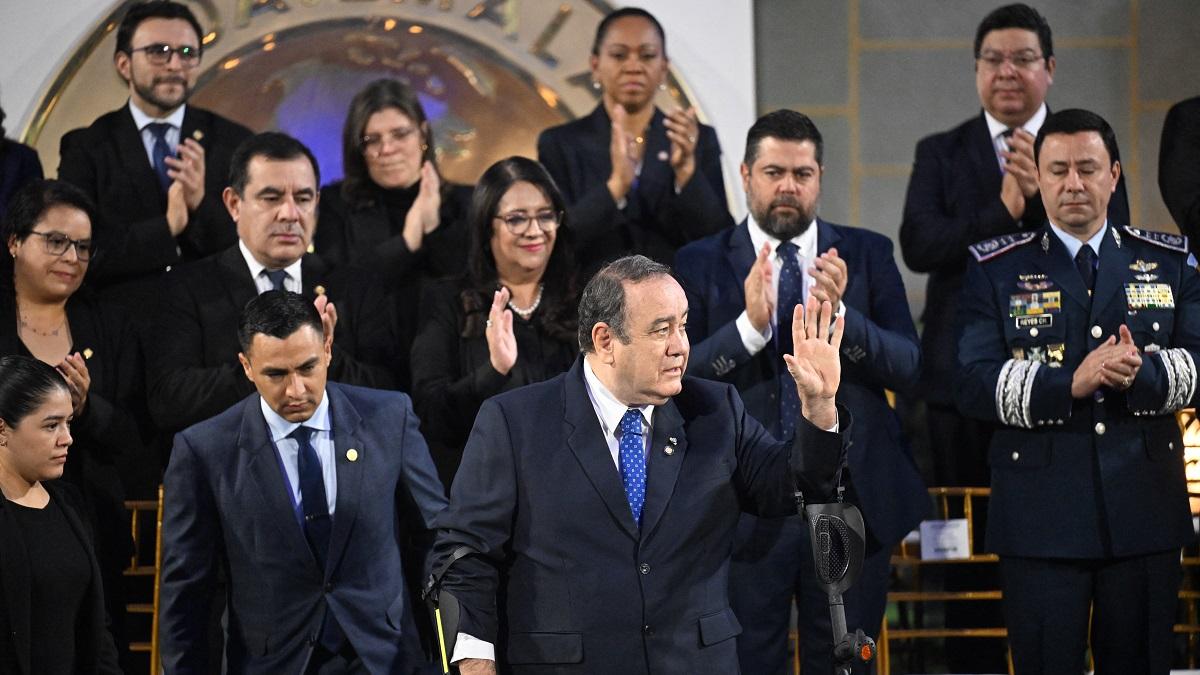
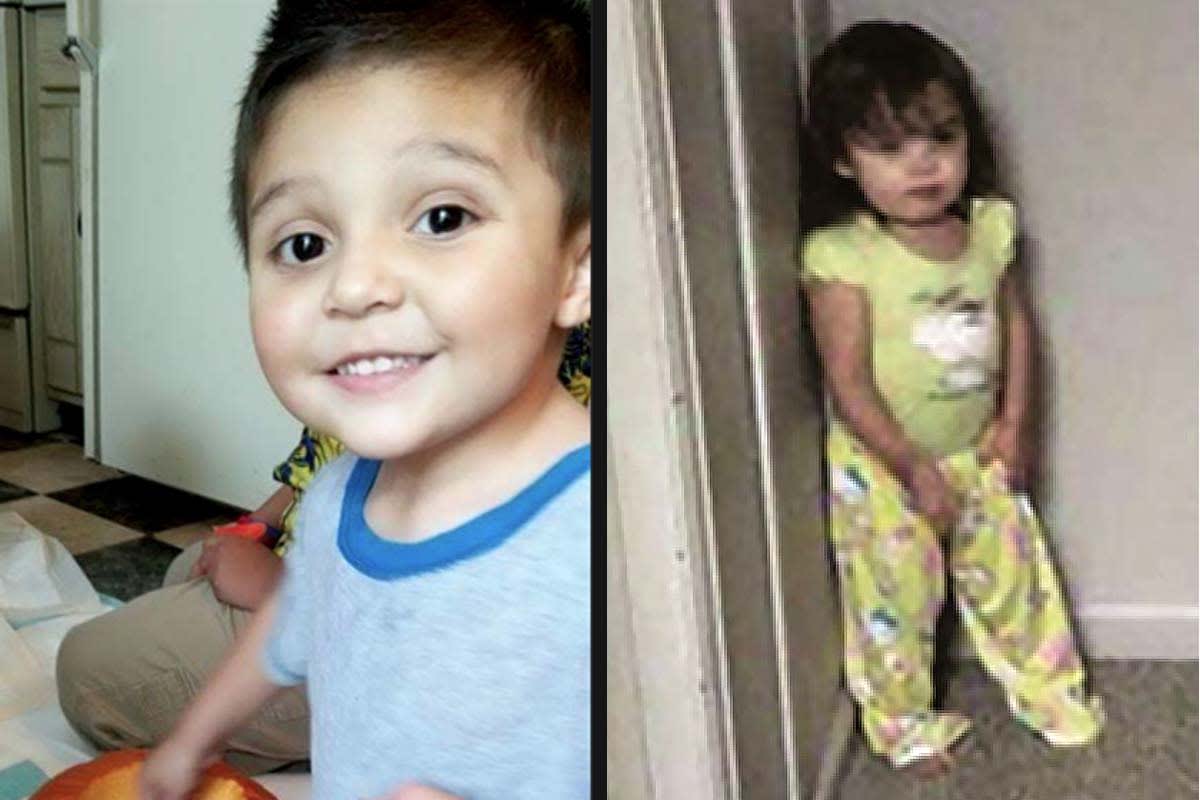
:quality(85)/cloudfront-us-east-1.images.arcpublishing.com/infobae/JP3J5RFVSNCYVK6ZPPRNWBW32M.jpg)
